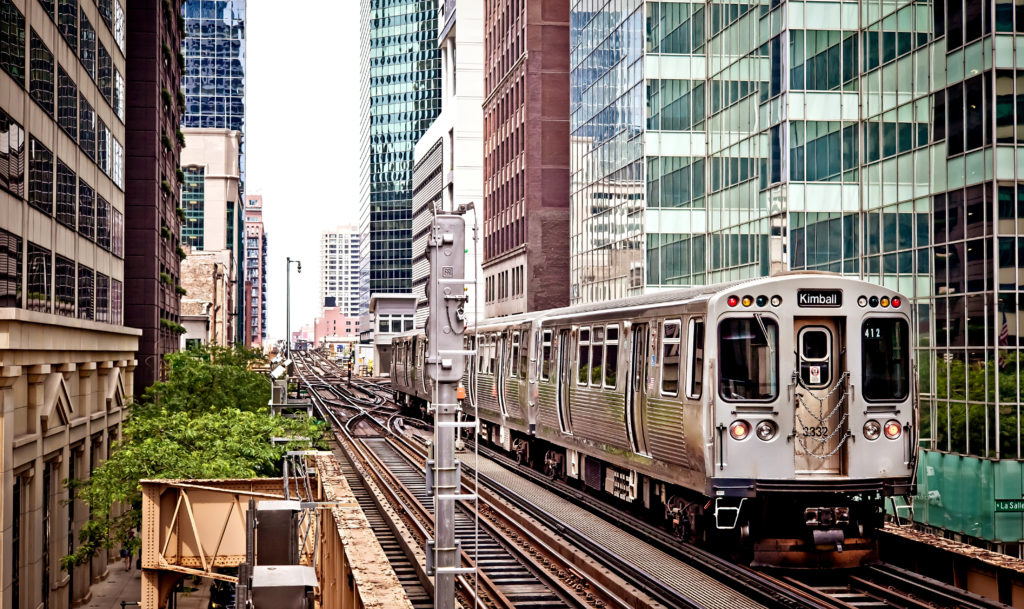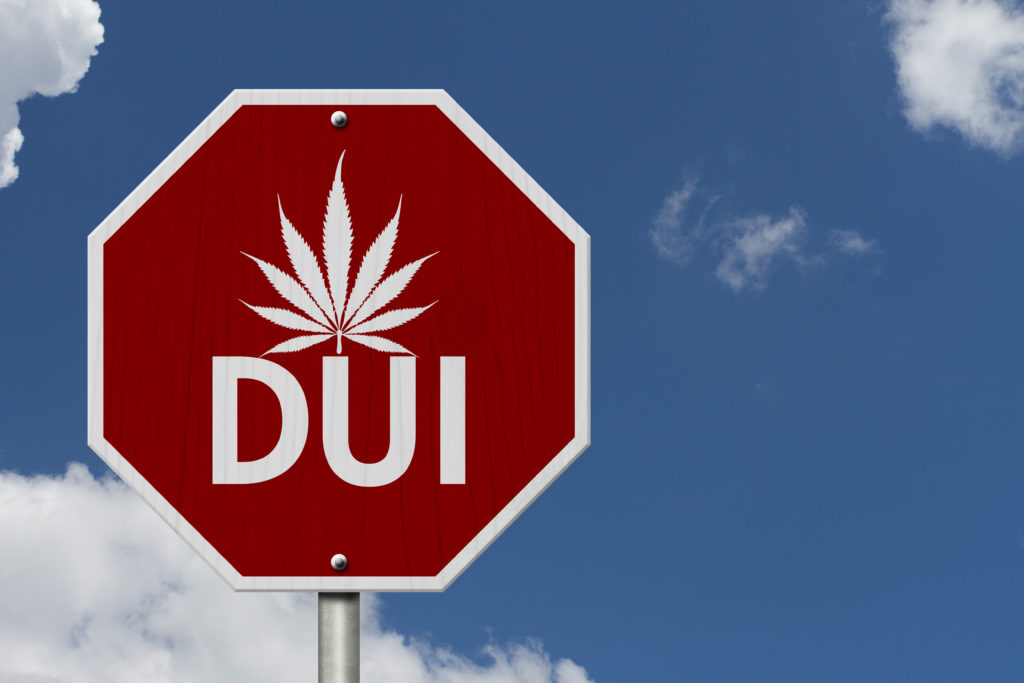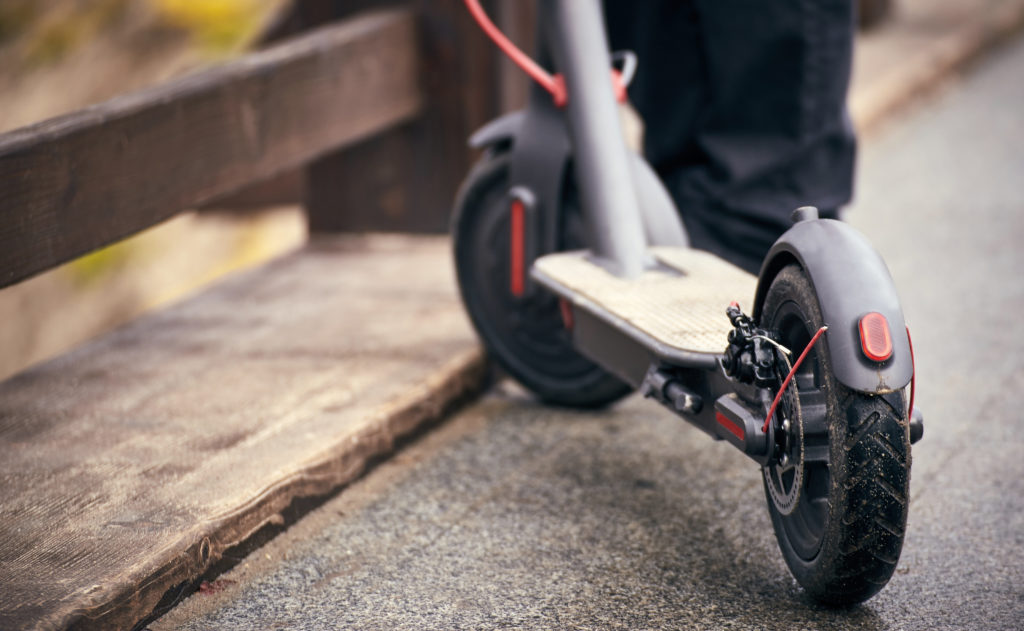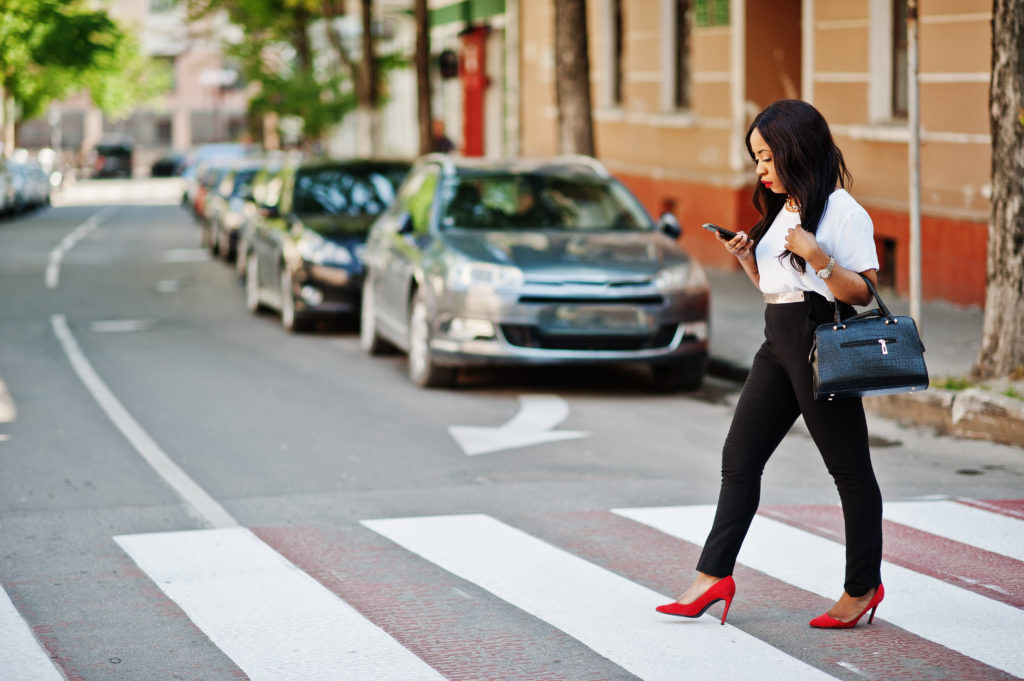
Our firm would like to congratulate Ken on becoming the Chair of the Chicago Bar Association – Solo & Small Firm Practice Committee for the seventh year in a row! Ken is coming up on a decade of leadership and being chair of the committee. He is always looking to help and serve this wonderful community.
The CBA’s Solo & Small Firm Practice Committee is known for hosting an educational lunch-and-learn once a month throughout the year. At these lunch-and-learns, a variety of topics are covered to help small or solo practices. These topics can range from how using technology can help clients and firms to ethics. The sessions will have training available to attorneys to help serve them in making sure that they are up to date with the updated rules of professional responsibility, especially with technology and other often-changing issues. These lunch-and-learn sessions also delve into how attorneys can best market their small or solo practices and help provide guidelines on how to run them more professionally. Additionally, the committee has invited judges to speak at some of these sessions, giving attorneys the opportunity to hear the advice these judges have to give, as well as being able to sit in on some round-table discussions. This is just a glimpse into what the committee has in store for the upcoming year.
“I feel it’s not only important, but an obligation in this wonderful profession to help other attorneys, especially younger lawyers starting out in practice.” – Ken Levinson
These monthly meetings hosted by the Solo & Small Firm Practice Committee are also incredible opportunities for all attendees to meet each other, learn more about their practices, and be a community that can help and serve one another and the clients. It also allows provides a space where attorneys can discuss different approaches to coping with the stress that often comes with practicing law and support each other. Additionally, in the spring, the committee will host a half-day educational program, where there will be speakers who will provide lawyers with some incredible tips and guidelines for the best way to improve their practices.




